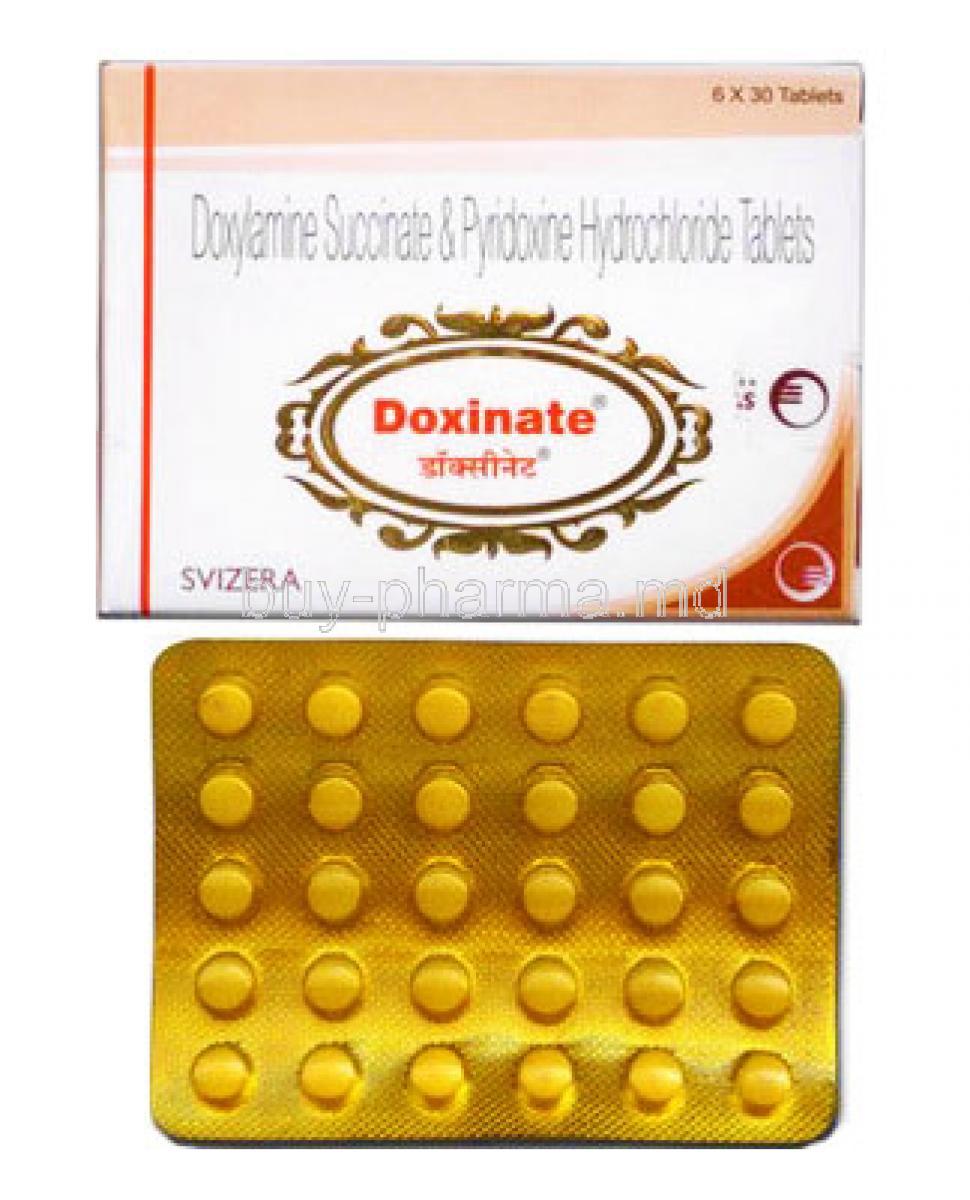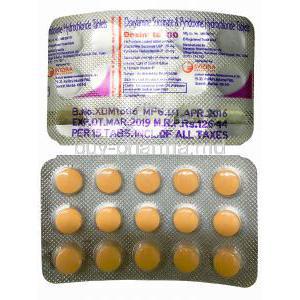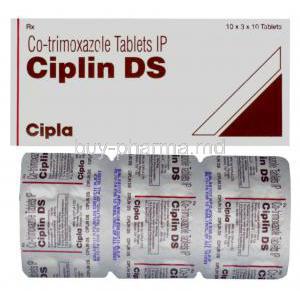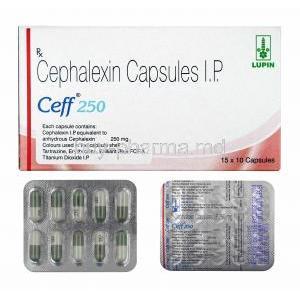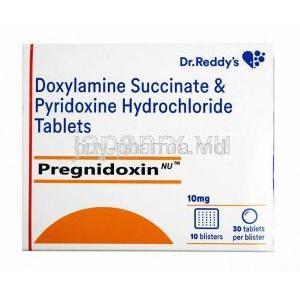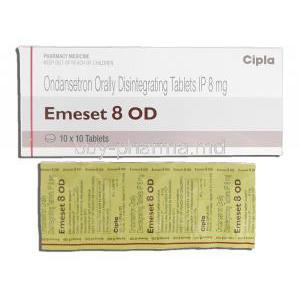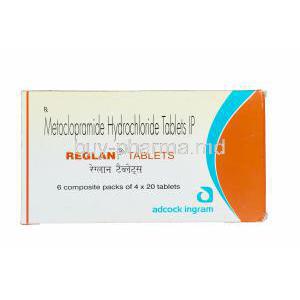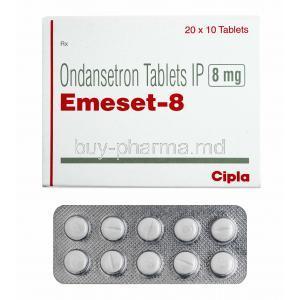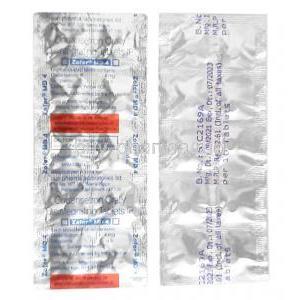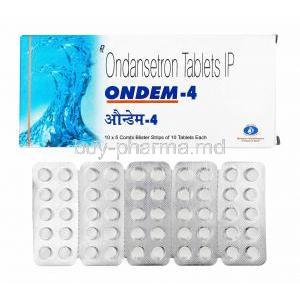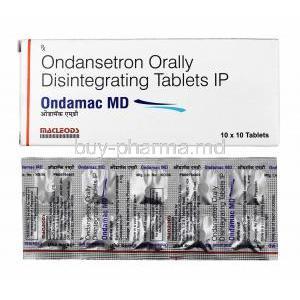1. Introduction to Pyridoxine and Doxylamine Succinate
Pyridoxine and doxylamine succinate is a fixed-dose combination therapy widely utilized for managing nausea and vomiting associated with pregnancy. This synergistic pairing merges the benefits of a water-soluble vitamin with an established antihistamine, delivering dependable relief for expectant mothers facing morning sickness.
Pyridoxine, also known as vitamin B6, plays a pivotal role in enzymatic processes linked to neurotransmitter function. Doxylamine, a first-generation antihistamine, offers anticholinergic and sedative effects, aiding in symptom control through central nervous system modulation.
The combination was first approved by the U.S. FDA under the brand name Diclegis®, signifying a renaissance in the treatment of pregnancy-related nausea after a hiatus in the availability of earlier formulations. Today, it is a first-line option recommended by obstetric guidelines worldwide.
2. Medical and Off-Label Uses of Pyridoxine/ Doxylamine Succinate
2.1 FDA-Approved Indications
- Management of nausea and vomiting during pregnancy (NVP)
- Recommended as the initial pharmacologic treatment for morning sickness when lifestyle changes are insufficient
2.2 Off-Label Therapeutic Uses
- Insomnia management during pregnancy: Doxylamine’s sedative profile offers benefit in sleep disturbances.
- Hyperemesis gravidarum: Often used alongside intravenous fluids and antiemetics to manage severe pregnancy vomiting.
- Motion sickness: Antihistaminic properties may reduce vestibular symptoms when other agents are unsuitable.
- Migraine-associated nausea: Utilized in some cases to manage nausea during migraine attacks, particularly when other antiemetics are contraindicated.
3. Mechanism of Action: How Pyridoxine and Doxylamine Work Together
Pyridoxine assists in the synthesis of neurotransmitters such as serotonin, dopamine, and gamma-aminobutyric acid (GABA), all of which influence emetic pathways. Its role is essential in restoring metabolic equilibrium during early pregnancy when nutritional demands are elevated.
Doxylamine succinate blocks histamine H1 receptors and exerts anticholinergic effects, both centrally and peripherally, reducing the transmission of emetic signals in the brainstem. When combined with pyridoxine, it targets multiple nausea pathways, delivering a dual-action mechanism that effectively alleviates symptoms of morning sickness.
4. Dosage and Administration Guidelines
4.1 Standard Dosing Regimens
- Initial dose typically includes two delayed-release tablets at bedtime.
- If symptoms persist, one tablet may be added in the morning and another in the mid-afternoon (maximum four tablets/day).
4.2 Dose Adjustments and Special Considerations
- Renal or hepatic impairment may necessitate dosage reduction and closer monitoring.
- Missed doses should not be doubled; resume the next scheduled dose.
- Gradual dose titration advised in cases of hyperemesis gravidarum for sustained control.
5. Composition and Available Formulations
- Each delayed-release tablet contains 10 mg doxylamine succinate and 10 mg pyridoxine hydrochloride.
- Common brand names include Diclegis®, Bonjesta®, and various generics.
- Available in oral tablet and extended-release tablet forms.
- Inactive ingredients may include lactose, magnesium stearate, and coloring agents—caution in sensitive individuals.
6. Common and Serious Side Effects
6.1 Frequently Reported Side Effects
- Drowsiness and sedation
- Dry mouth and mild dizziness
- Headache, fatigue, and occasional constipation
6.2 Less Common but Serious Adverse Effects
- Urinary retention, particularly in patients with prostate disorders
- Severe allergic reactions including rash, itching, and anaphylaxis
- Visual disturbances such as blurred vision or accommodation difficulties
7. Drug Interactions and Pharmacological Incompatibilities
- CNS depressants: Additive sedation when used with benzodiazepines, opioids, or alcohol.
- Anticholinergic agents: Increased risk of dry mouth, constipation, and urinary retention.
- Alcohol: Potentiates drowsiness and impairs motor coordination—avoid concurrent use.
- Supplements or medications containing vitamin B6: May alter pharmacodynamic balance; assess cumulative dose.
8. Warnings, Contraindications, and Cautions
8.1 Absolute Contraindications
There are specific clinical scenarios where the use of pyridoxine and doxylamine succinate is strictly contraindicated due to the potential for severe adverse outcomes:
- Hypersensitivity: Patients with known hypersensitivity to pyridoxine, doxylamine, or structurally related compounds should avoid this medication due to the risk of anaphylactic reactions or severe dermatologic responses.
- Concurrent MAO Inhibitor Use: The use of monoamine oxidase inhibitors (MAOIs) alongside doxylamine is contraindicated, as it may result in hypertensive crisis or profound CNS depression.
- Acute Asthma or Angle-Closure Glaucoma: Doxylamine’s anticholinergic action can exacerbate bronchospasm in asthma and precipitate acute attacks of angle-closure glaucoma.
8.2 Important Warnings and Precautionary Measures
- Excessive Sedation: Doxylamine may cause significant drowsiness and cognitive impairment, especially during the initiation phase or when combined with other sedatives.
- Impairment of Alertness: Patients should avoid driving, operating heavy machinery, or engaging in tasks requiring mental acuity until the individual response to the medication is established.
- Seizure Disorders: Caution is advised in individuals with epilepsy or a history of seizures, as antihistamines may lower the seizure threshold in susceptible populations.
9. Special Considerations for Specific Populations
9.1 Use in Elderly Patients
Geriatric patients often exhibit heightened sensitivity to the pharmacologic effects of anticholinergics, including doxylamine. This necessitates a cautious, individualized approach to dosing.
- Enhanced risk of urinary retention, especially in males with prostatic hypertrophy
- Potential for cognitive disturbances such as confusion, disorientation, or delirium
- Increased risk of falls and injuries due to sedation and postural instability
9.2 Administration to Pregnant and Breastfeeding Women
- Pregnancy: Classified as FDA Pregnancy Category A, this medication has demonstrated a strong safety profile across all trimesters and is widely recommended for pregnancy-induced nausea and vomiting.
- Lactation: Although both components may be excreted in small amounts in breast milk, there is limited data on the safety of long-term infant exposure. Use during breastfeeding should be evaluated based on benefit-risk analysis.
9.3 Use in Pediatric Patients
- Use in children under 12 years of age is not recommended due to a lack of sufficient safety and efficacy data.
- Young children are more prone to paradoxical CNS stimulation, presenting as irritability, insomnia, and, in rare cases, convulsions.
10. Overdose Management and Toxicity
An overdose of pyridoxine/doxylamine may present with a constellation of life-threatening symptoms, particularly in pediatric or elderly populations.
- Clinical Presentation: Hallucinations, severe drowsiness, agitation, respiratory depression, blurred vision, and tachycardia
- Immediate Actions: Seek emergency medical attention. Stabilization of airway, breathing, and circulation is paramount.
- Gastric Decontamination: Activated charcoal is preferred if the patient presents within one hour. Gastric lavage may be considered in extreme cases.
- Monitoring: Continuous cardiac monitoring and neurologic observation are required until the patient stabilizes. Full recovery is possible with prompt intervention.
11. Proper Storage and Handling Precautions
- Store the medication at a controlled room temperature of 20°C to 25°C (68°F to 77°F).
- Protect from excessive humidity and direct sunlight to maintain drug stability.
- Ensure child-resistant packaging and store in a secure location away from children and pets.
- Dispose of expired or unused medication via pharmaceutical take-back programs or follow local disposal regulations to avoid environmental contamination.
12. Patient Education and Important Usage Precautions
Proper patient guidance ensures safe and effective use of pyridoxine and doxylamine therapy:
- Adherence: Take the medication exactly as prescribed, typically at bedtime, with or without food.
- Interaction Awareness: Avoid consuming alcohol, sedatives, or other CNS depressants during treatment to prevent additive effects.
- Side Effect Recognition: Report any symptoms such as excessive sleepiness, confusion, palpitations, or vision changes promptly.
- Follow-up: Continued use should be periodically evaluated by a healthcare provider, especially if symptoms persist beyond the first trimester.
Pyridoxine/ Doxylamine Succinate FAQ
- Does doxylamine pyridoxine help you sleep?
- Is doxylamine safe for pregnancy?
- What are the benefits of doxylamine succinate?
- Is doxylamine ok to take every night?
- What is pyridoxine used to treat?
- Can you buy doxylamine over-the-counter?
- What happens if you take too much doxylamine succinate?
- Who shouldn't take doxylamine?
- What are the disadvantages of doxylamine succinate?
- Can you take cetirizine and doxylamine succinate together?
- Why is pyridoxine given with doxylamine?
- Is doxylamine succinate safe?
- How long can I take doxylamine succinate?
- How fast does pyridoxine work?
- Is doxylamine safe for the heart?
- Can doxylamine damage your kidneys?
- What is doxylamine succinate and pyridoxine used for?
- Can you take cetirizine and doxylamine succinate together?
- Why is pyridoxine given with doxylamine?
- Is doxylamine ok to take every night?
Does doxylamine pyridoxine help you sleep?
Yes
Is doxylamine safe for pregnancy?
Yes
What are the benefits of doxylamine succinate?
Doxyamine is a drug that helps with handling and treating nausea and vomiting during pregnancy (known as NVP), allergies, like rhinitis and difficulty sleeping, known as insomnia. It belongs to the generation of drugs known as histamine receptor H1 antagonists.
Is doxylamine ok to take every night?
It's not advisable to use diphenhydramine and doxylamine succinate since they pose risks and side effects when taken frequently; these include properties that affect the nervous system in both medications.
What is pyridoxine used to treat?
Pyridoxine is mainly used to address vitamin B6 insufficiency and lessen feelings of nausea and vomiting in mothers. It comes in variants such as pyridoxine, pyridoxal, and pyridoxamine, which transform into a coenzyme known as pyridoxal 5 phosphate (PLP or P3F ) within our bodies.
Can you buy doxylamine over-the-counter?
Yes
What happens if you take too much doxylamine succinate?
Reports indicate that deaths have occurred due to an overdose of doxylamine, which resulted in symptoms such as coma and seizures, followed by a halt in breathing and heart function, with children being particularly vulnerable to the risk of arrest.
Who shouldn't take doxylamine?
Someone may experience ulcers or other stomach issues due to an allergic response to doxylamine or other drugs, as well as certain foods and additives in them, like dyes or preservatives, if they are pregnant or attempting to conceive a child while also breastfeeding their baby.
What are the disadvantages of doxylamine succinate?
Common side effects of Unisom typically include feeling tired the day after, along with dizziness and constipation, as well as frequent experiences of headaches and dry mouth.
Can you take cetirizine and doxylamine succinate together?
When cetirizine and doxylamine are taken together, it could lead to side effects, like feeling dizzy, drowsy, or having trouble focusing. A few individuals might also find it challenging to think clearly, make decisions, or coordinate movements.
Why is pyridoxine given with doxylamine?
Doxylamine and pyridoxine together are commonly prescribed to alleviate nausea and vomiting in mothers experiencing morning sickness, particularly when other remedies have proven ineffective, to provide relief.
Is doxylamine succinate safe?
Yes
How long can I take doxylamine succinate?
2 weeks
How fast does pyridoxine work?
1 hour
Is doxylamine safe for the heart?
Antihistamines can sometimes lead to heart-related side effects due to their local anesthetic properties and quinidine-like actions. There have been reports of tachycardia (heart rate), palpitations ( heartbeats), changes in ECG readings (electrocardiogram), various arrhythmias (heart rhythm disturbances), as well as instances of both low and high blood pressure.
Can doxylamine damage your kidneys?
Rarely
What is doxylamine succinate and pyridoxine used for?
The doxylamine and pyridoxine blend is utilized to alleviate nausea and vomiting in mothers (commonly known as morning sickness), especially when other remedies have not provided relief.
Can you take cetirizine and doxylamine succinate together?
When cetirizine is combined with doxylamine, it might lead to heightened effects, like feeling dizzy, drowsy, and finding it hard to focus. Certain individuals, ones could face challenges in their cognitive abilities, decision making skills and physical coordination as well.
Why is pyridoxine given with doxylamine?
Pregnant women experiencing nausea and vomiting, commonly known as morning sickness, may find relief with a combination of doxylamine. Pyridoxine when other treatments have not been effective for their symptoms.
Is doxylamine ok to take every night?
It's not advisable to use diphenhydramine and doxylamine succinate as they come with risks and side effects if taken frequently; such as having anticholinergic properties that affect the nervous system.

